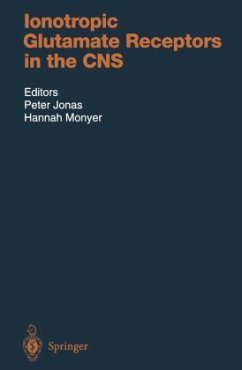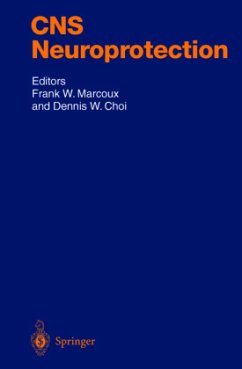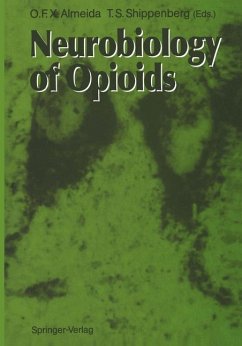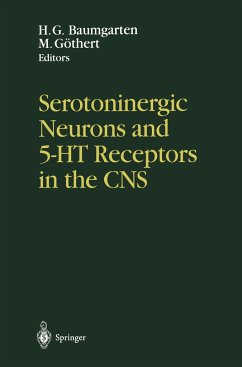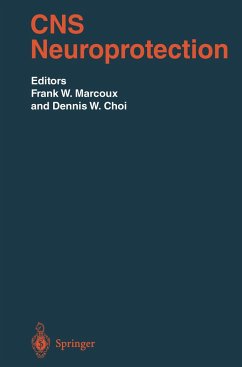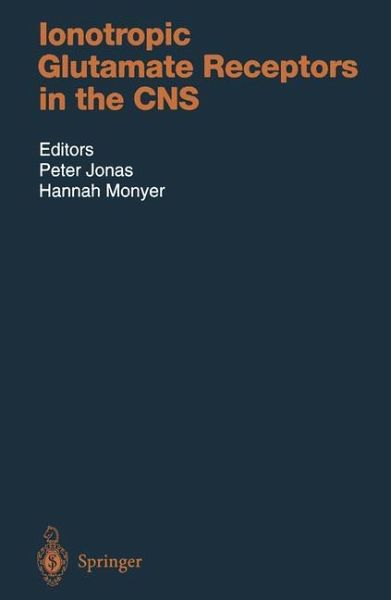
Ionotropic Glutamate Receptors in the CNS
Versandkostenfrei!
Versandfertig in 1-2 Wochen
382,99 €
inkl. MwSt.

PAYBACK Punkte
191 °P sammeln!
This volume provides an overview of glutamate receptors and their role in excitatory neurotransmission. It focusses on three aspects. First, it describes the functional, molecular, and pharmacological properties of glutamate receptors (AMPA, NMDA, and kainate receptors). Second, it gives a survey how these receptors are involved in synaptic transmission at different glutamatergic synapses in the mammalian CNS. Finally, it adresses how overactivation of glutamate receptors can lead to excitotoxic cell death, and emphasizes the importance of glutamate receptors as potential therapeutical targets. The chapters, written by leading scientists, give accurate summaries of facets that have emerged recently in this field. The book demonstrates the strength of a multidisciplinary approach involving physiology, pharmacology, and molecular biology. It will be useful for other scientists in and outside the field, lecturers and students at different educational levels.
It is now widely accepted that glutamate is the major excitatory neurotrans mitter in the mammalian central nervous system. The main criteria for accept ing a molecule as a chemical transmitter appear to be fulfilled at several synapses: Glutamate mimics the action of the natural transmitter in the post synaptic neuron (CURTIS et al. 1959), glutamate is present in presynaptic ele ments (OTTERSEN and STORM-MATHISEN 1984), and glutamate is released from central neurons in an activity-dependent manner (BRADFORD 1970). The postsynaptic receptors that mediate the effects of glutamate are markedly diverse. Based on their activation by agonists that act more selec tively than the natural transmitter itself, a-amino-3-hydroxy-5-methyl- isoxazolepropionate (AMPA) receptors, kainate receptors, and N-methyl-D aspartate (NMDA) receptors can be distinguished. Molecular cloning has revealed additional structural diversity. To date, almost 20 glutamate receptor subunit genes have been identified, and an even larger number of splice vari ants and edited versions are present in the mammalian brain. Analysis of synaptic transmission revealed that "the" excitatory synapse does not exist. Glutamatergic synapses in different circuitries differ substan tially in their signaling properties, although they use the same transmitter. We have learned that cellular, subcellular, and molecular factors determine synap tic function, and that glutamate receptor subunit diversity is of direct relevance in shaping the unique signaling properties of a glutamatergic synapse.





